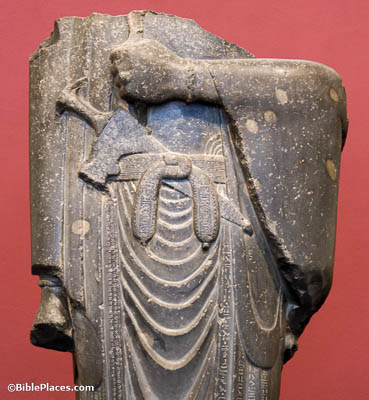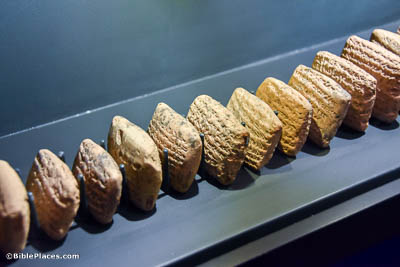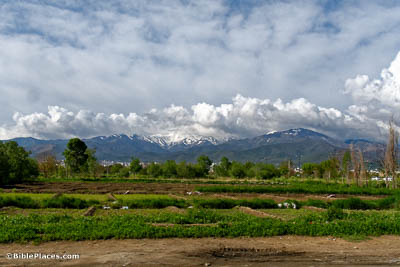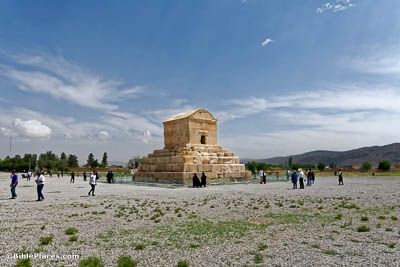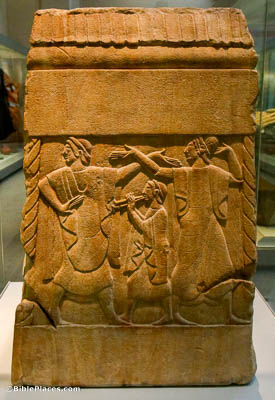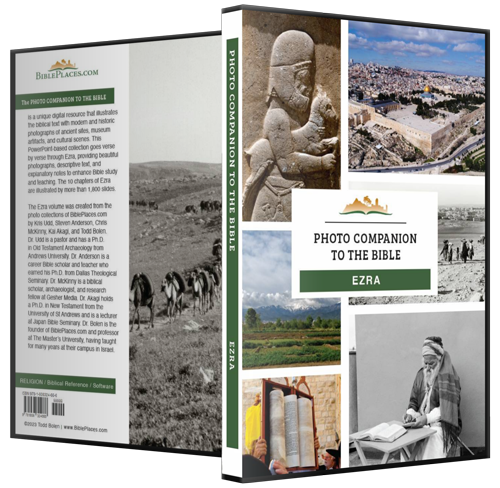Then Darius the king made a decree (Ezra 6:1)
This statue depicted Darius I in Persian dress and was originally located in the gate of Susa. Various inscriptions on the statue are written in Old Persian, Elamite, Babylonian, and Egyptian hieroglyphs. The base of the statue lists numerous areas and people groups over which Darius ruled. This statue is displayed in the National Museum of Iran.
